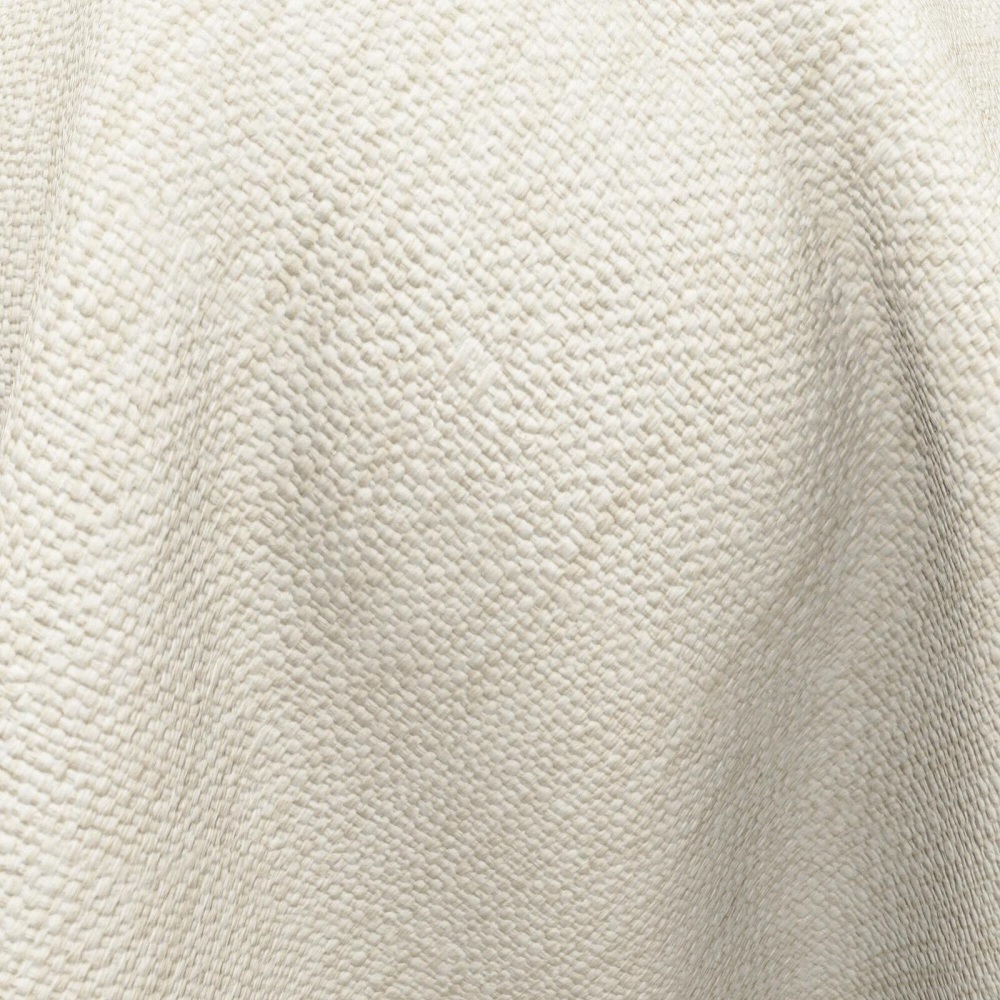Home » Vải FR-One
Vải FR-One
Luxfur sử dụng Vải FR-One trong sản xuất nội thất cao cấp (sofa, giường, ghế, rèm…)
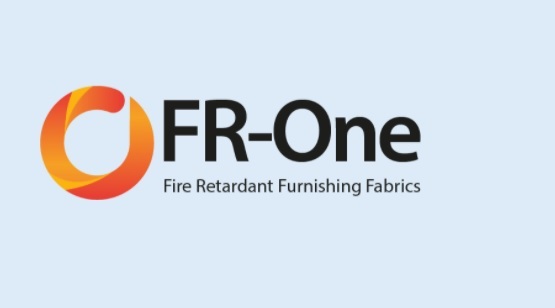
Là một sự sáng tạo mang tính thời đại, vải kháng cháy FR-One vừa an toàn, hiện đại, vừa có tính sinh thái, linh hoạt mà vẫn rất phong cách.
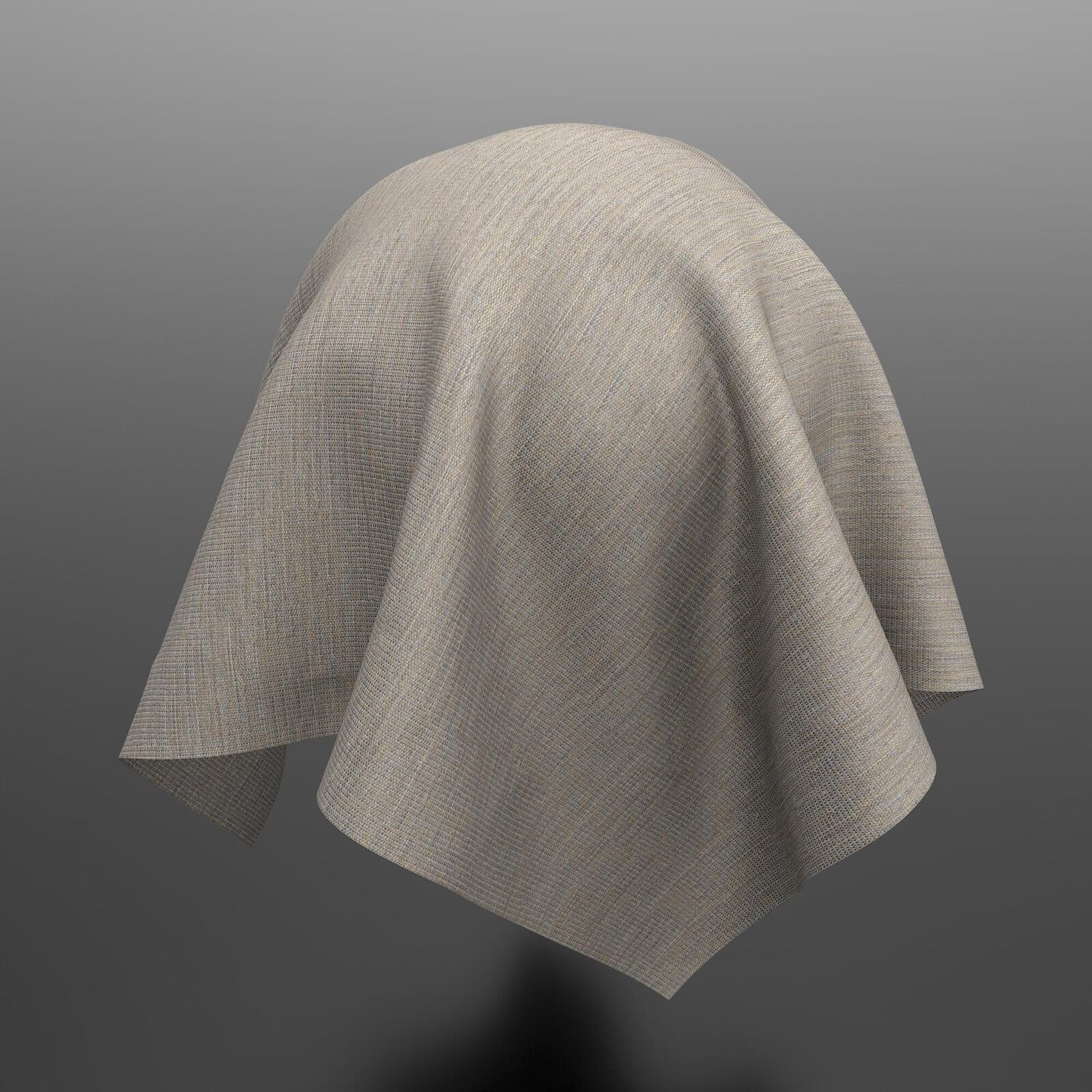
Ngay từ đầu, trọng tâm của nhãn hàng FR-One là cung cấp các loại vải có sự giao thoa giữa yếu tố cách tân, đổi mới và mẫu mã thiết kế.

FR-One ra đời dựa trên những nghiên cứu sâu rộng về các đặc tính kháng cháy vốn có của các loại sợi khác nhau.
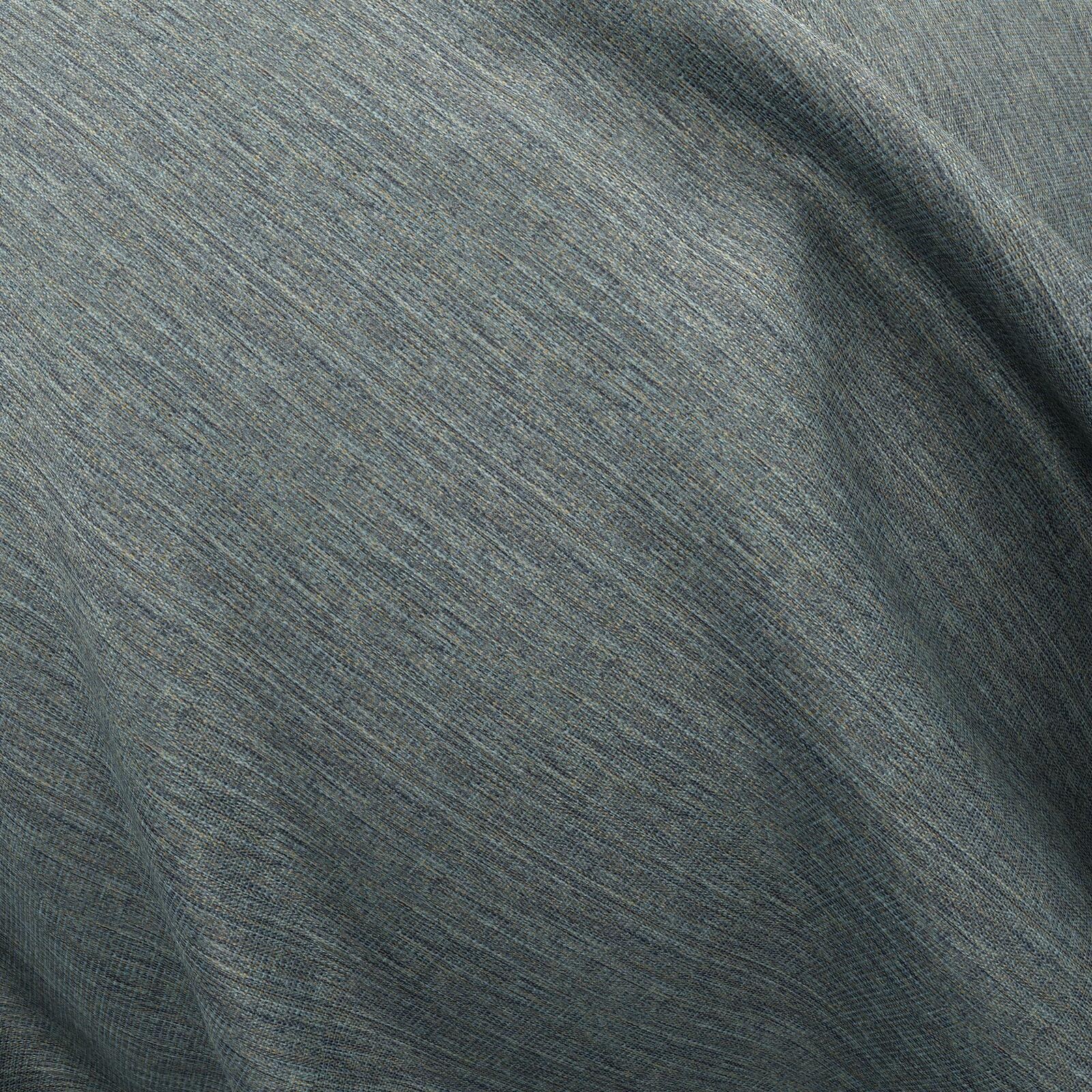
Từ những gì nghiên cứu được, chúng tôi đã hiện thực hóa giấc mơ về một loại sợi làm chậm cháy và bảo đảm an toàn.
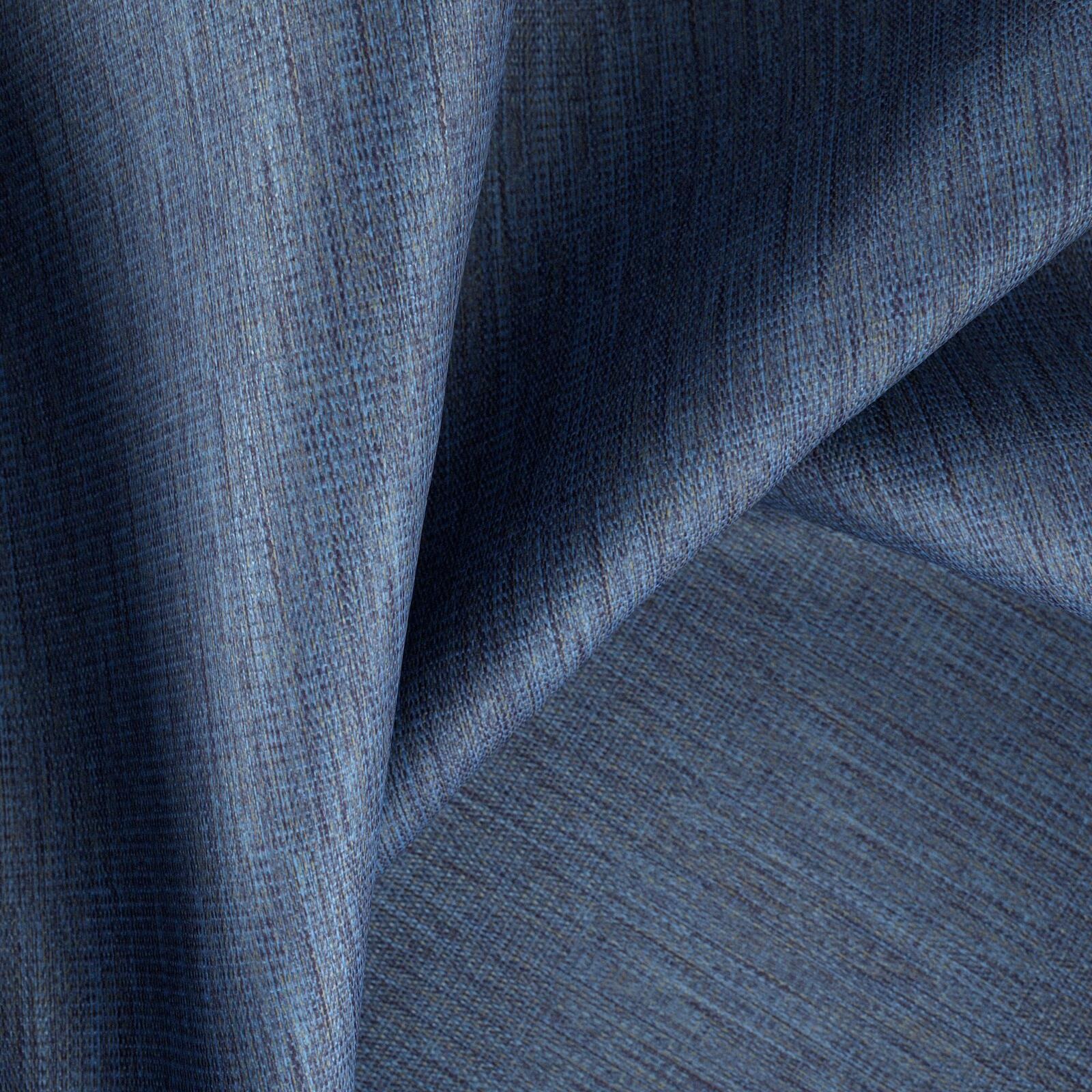
Khi đã chinh phục được thành tựu kỹ thuật này, chúng tôi lại dành mọi tâm huyết cho các thiết kế mạnh mẽ và màu sắc táo bạo, khiến FR-One vụt trở thành một sản phẩm mang tiêu chuẩn thế giới.
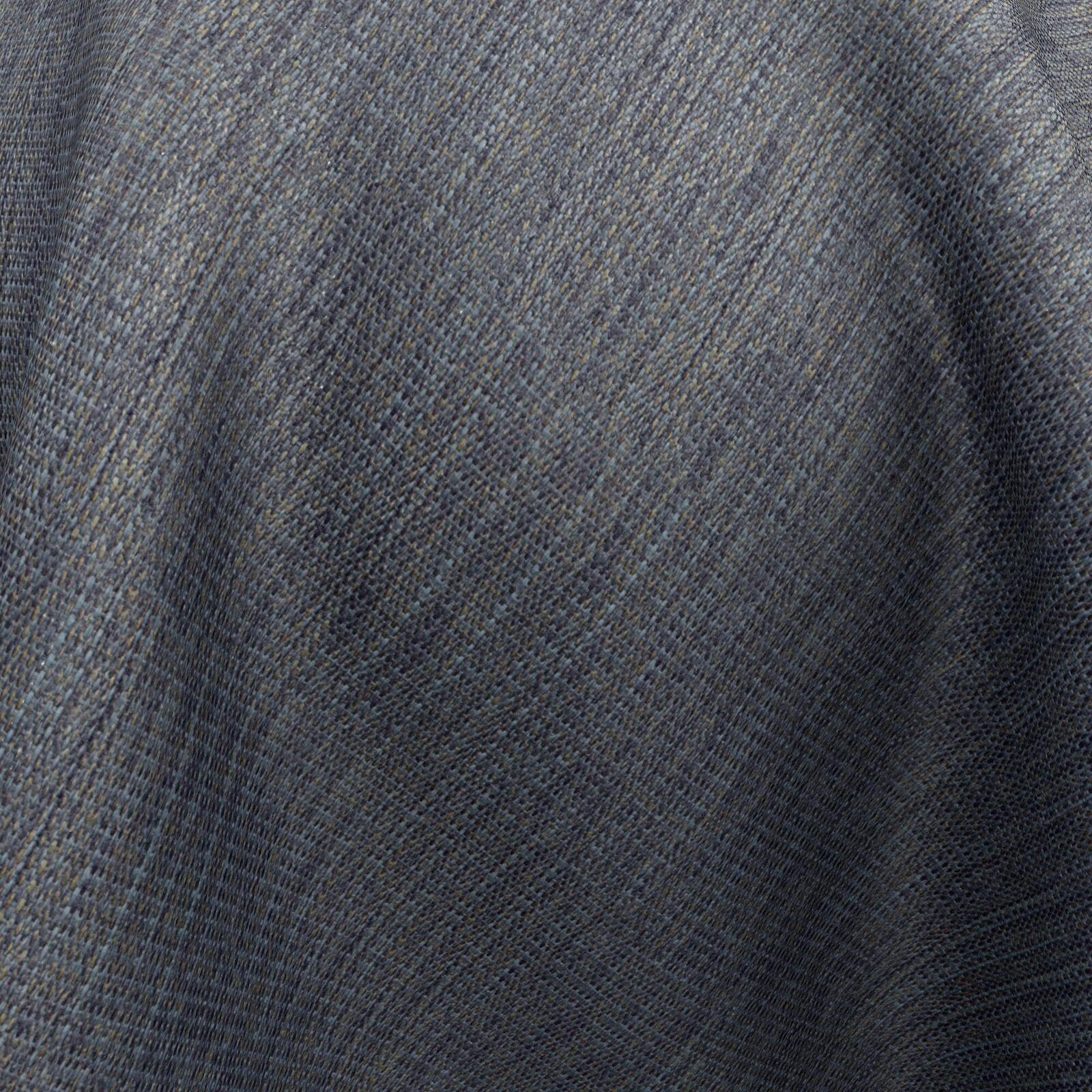
FR-One là một biểu tượng của thời đại. Loại vải này rất an toàn, hiện đại, có tính sinh thái, linh hoạt và phong cách.
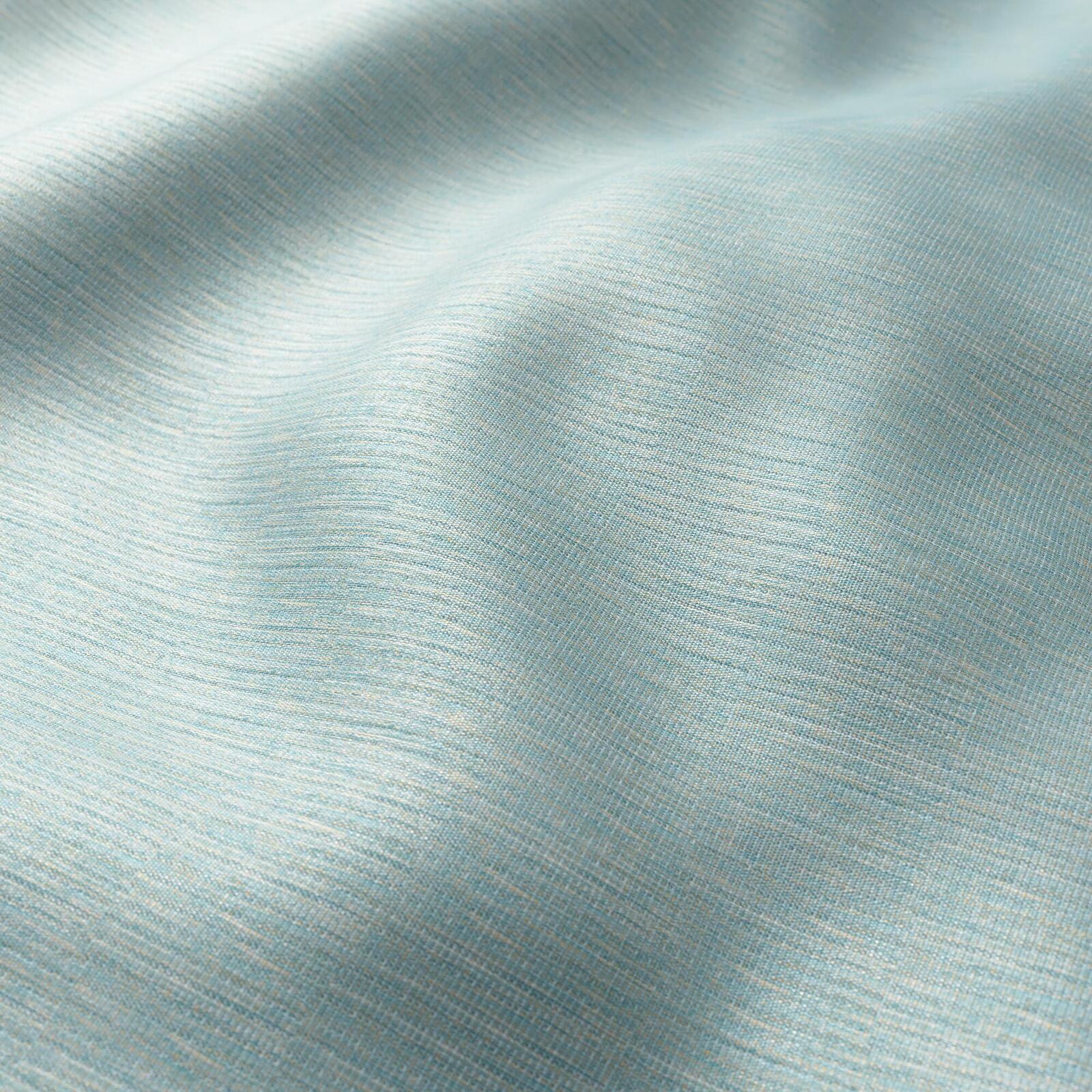
Ngay từ khi hình thành ý tưởng ban đầu, trọng tâm của FR-One là cung cấp các sản phẩm vải có sự kết hợp hoàn hảo giữa kỹ thuật và thiết kế, giữa sự an toàn và yếu tố thẩm mỹ.
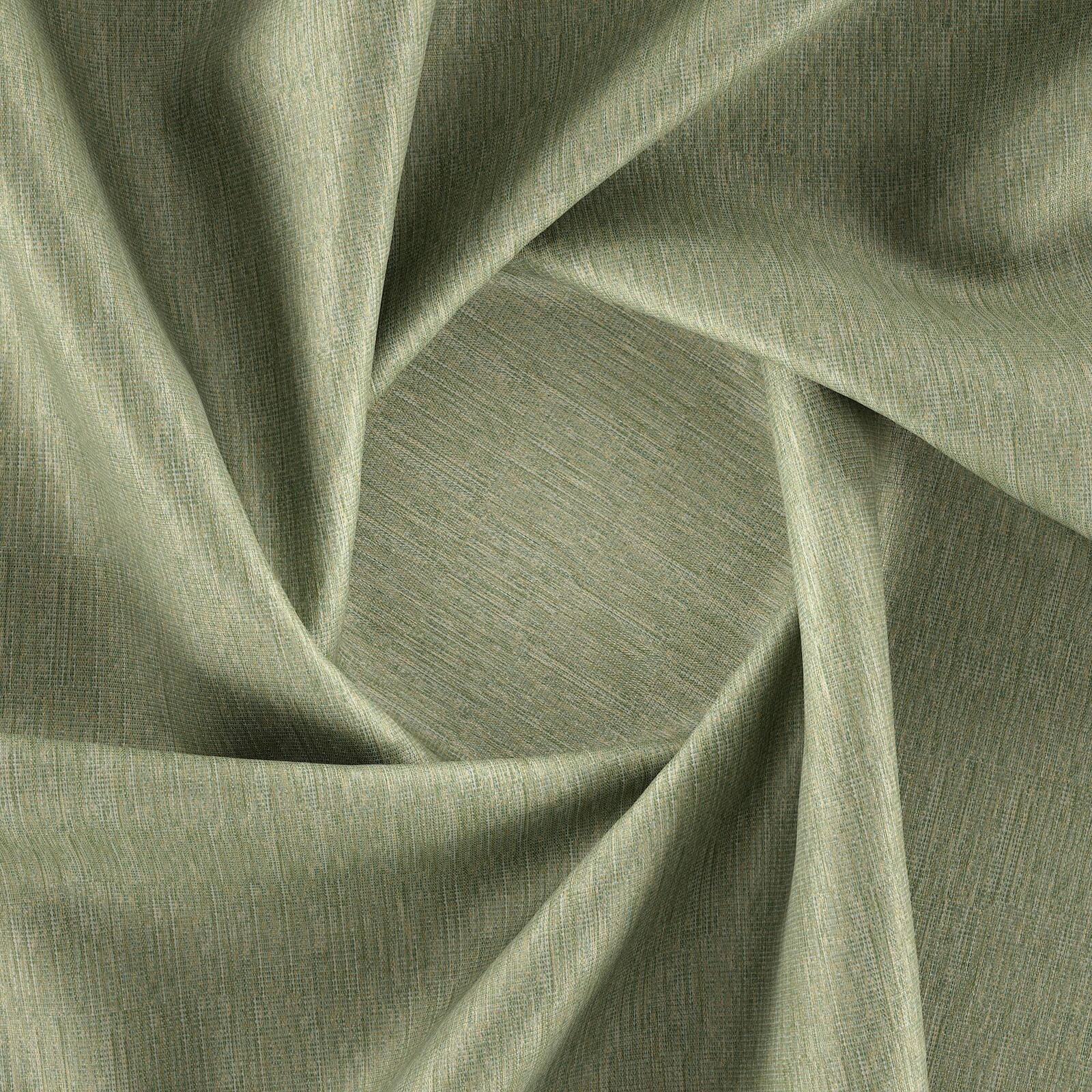
Vải FR-One ra đời từ bản hòa ca của kỹ thuật vượt trội và thiết kế đầy cảm hứng.
Chúng tôi bắt đầu bằng việc hoàn thiện các loại sợi có đặc tính kháng cháy cố hữu.
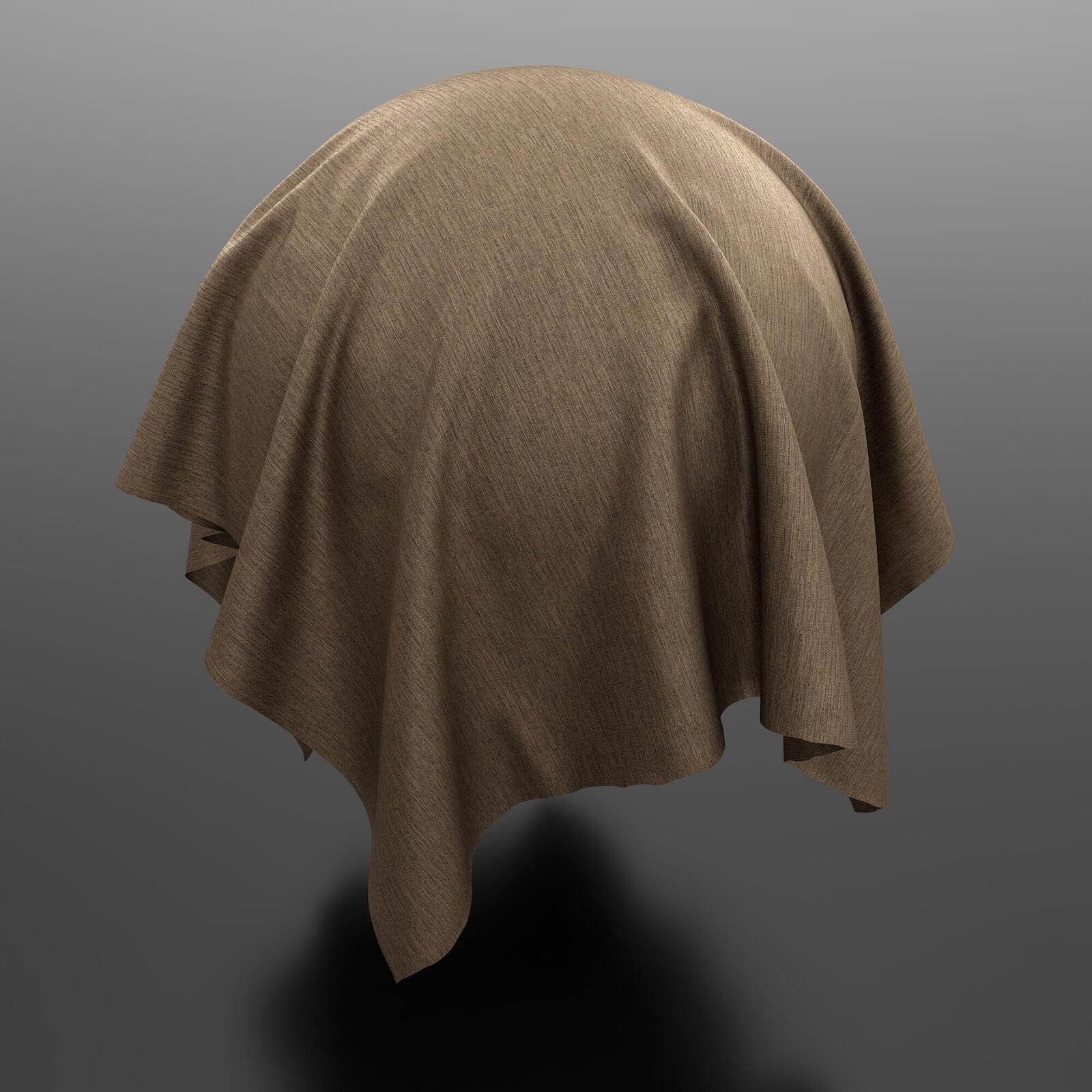
Một khi đã vượt qua rào cản kỹ thuật, chúng tôi đưa vào sản phẩm cuối cùng một mỹ cảm riêng biệt để khiến nó trở thành tiêu chuẩn của thế giới.
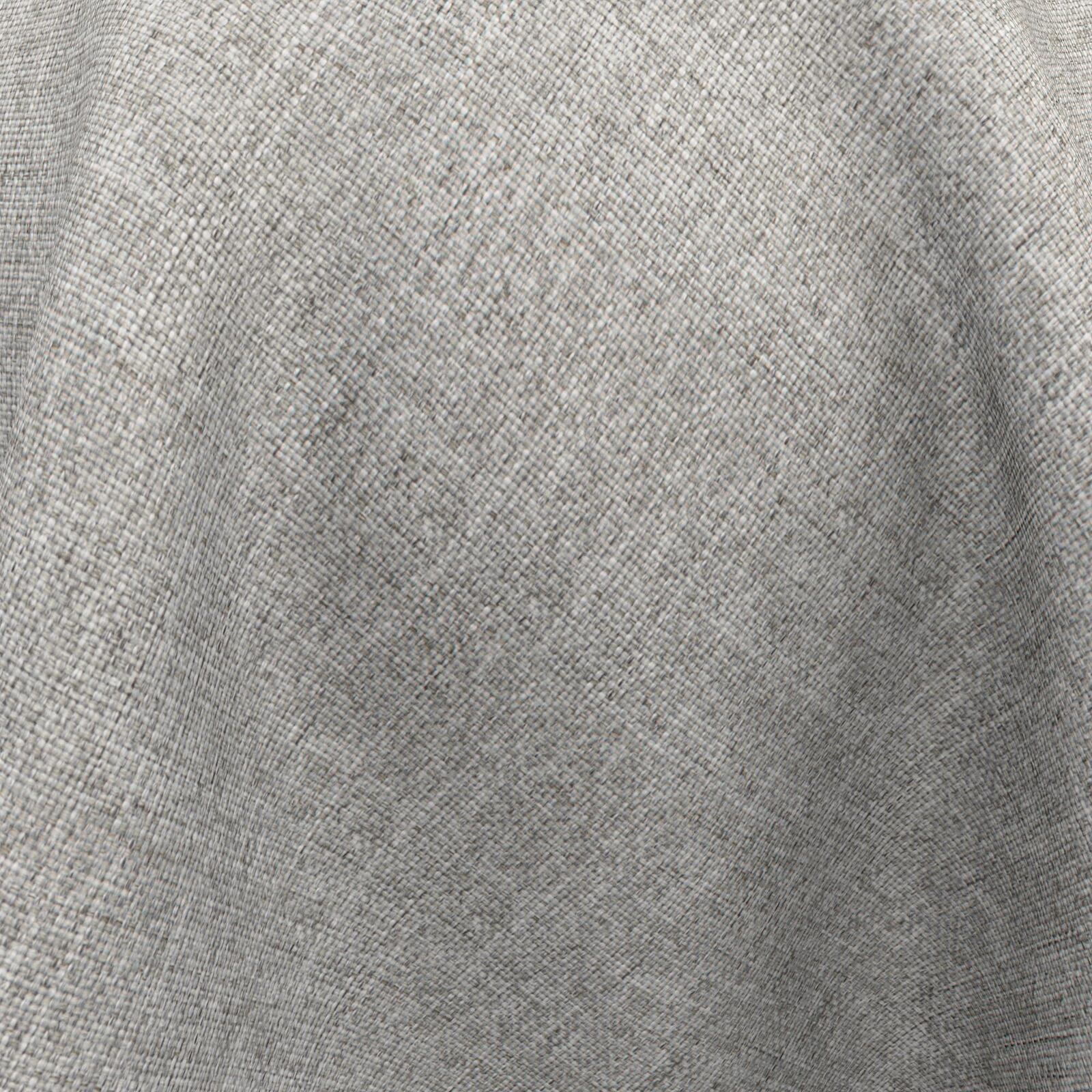
Sự đa dạng của các bộ sưu tập và khả năng cung cấp số lượng lớn khiến cho vải FR-One là lựa chọn tốt nhất để giải quyết nhiều trở ngại trong các dự án và kế hoạch trang trí nội thất của bạn.
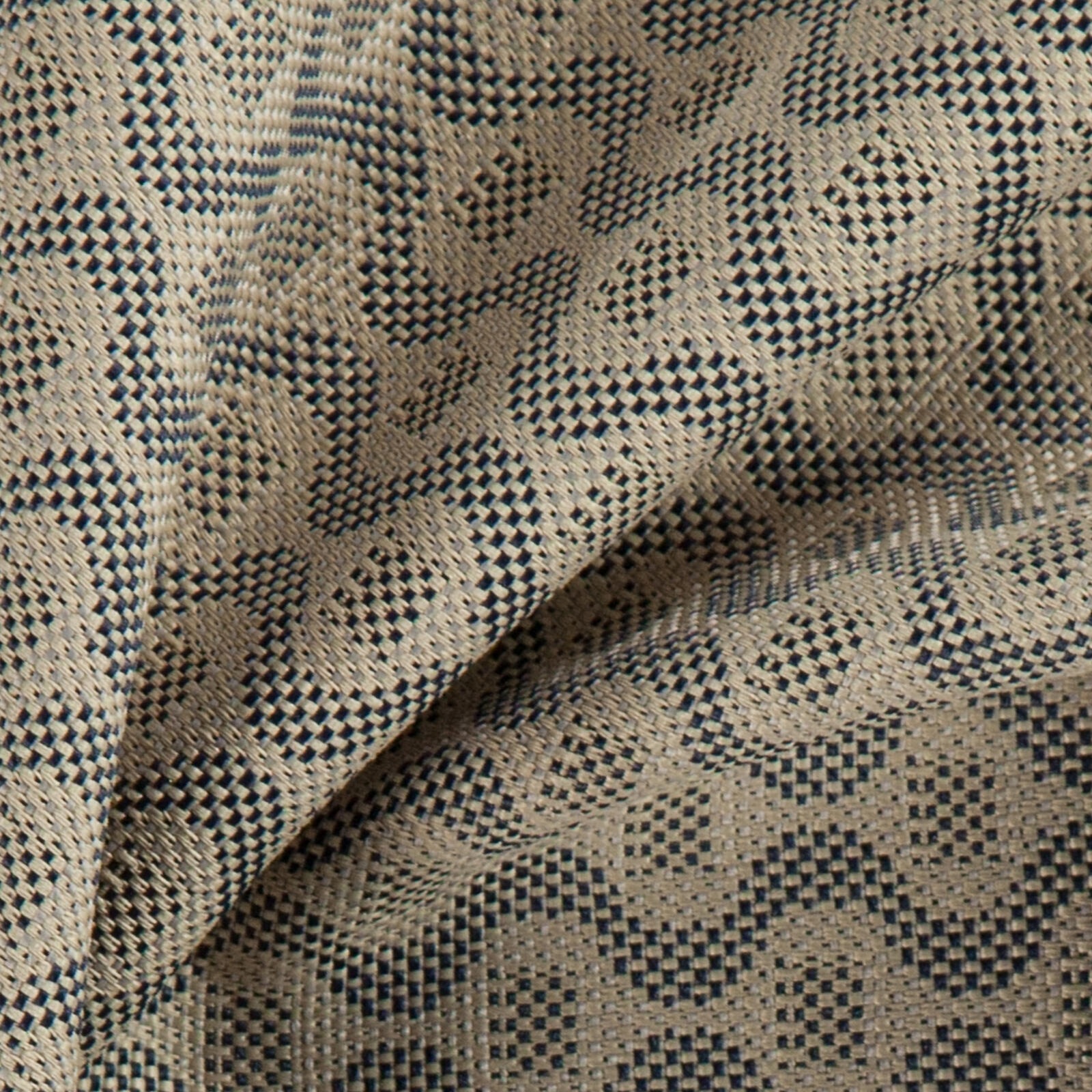
Vải FR-One đã vươn lên vị trí số một chỉ trong thời gian ngắn nhờ vào tài năng và chuyên môn của những người sáng tạo ra loại vải này.

Chất liệu độc nhất này đảm bảo rằng vải FR-One vẫn sẽ tiếp tục ở đỉnh cao trong nhiều, rất nhiều năm sau nữa.
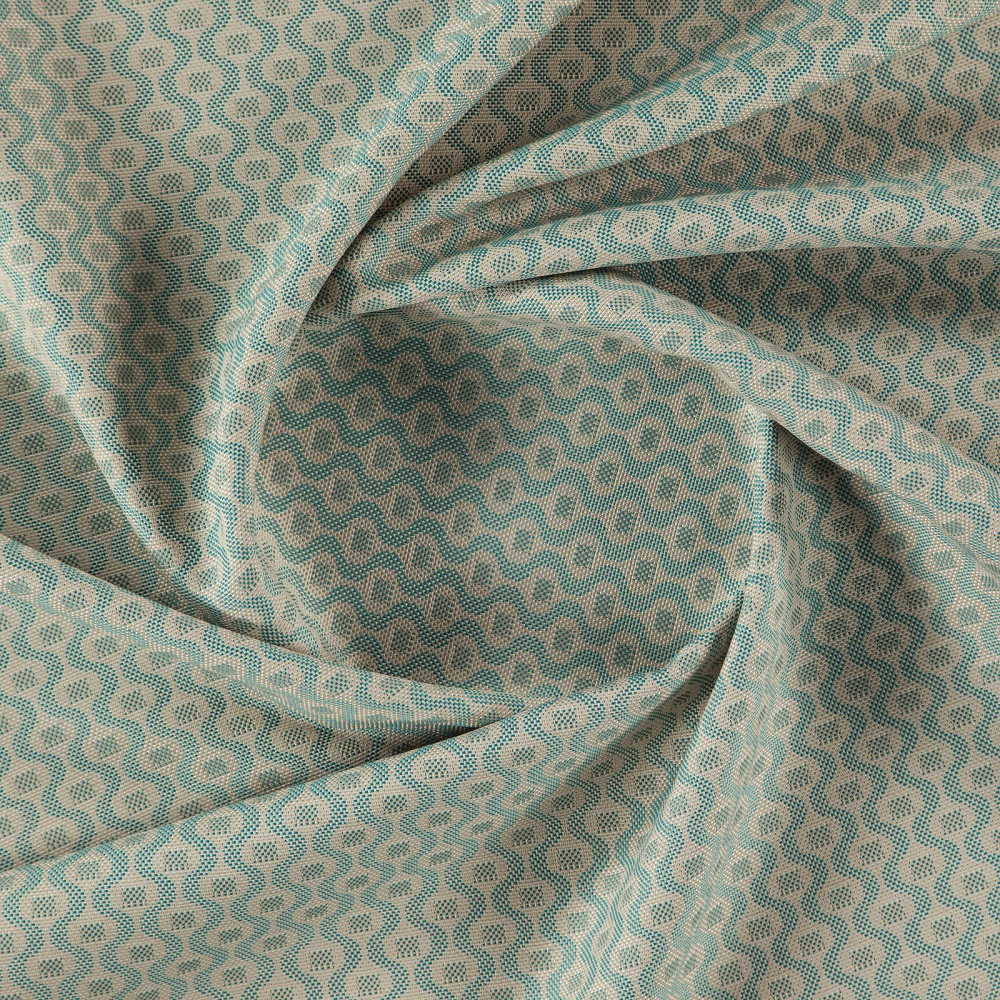
Các quốc gia khác nhau trên toàn cầu có các quy định về chống cháy rất khác nhau.
Vải FR-One là sự đảm bảo của bạn rằng các loại vải chống cháy mà bạn lựa chọn sẽ vượt qua các tiêu chuẩn chống cháy khắt khe nhất, ở bất kỳ đâu trên thế giới.
(Tên và nội dung tóm tắt được giữ nguyên bản tiếng anh )
French NF P 92 503 507 (M1) ( Tiêu chuẩn Pháp )
Electrical burner test (for 503), complementary rate of flame spread test (for 504) and dripping test (for 505).
German DIN 4102 (B1) ( Tiêu chuẩn Đức )
For German DIN 4102 (B1), a material is classified as B1 if it fulfils the requirements of a B2-test and the ‘fire shaft’ test.
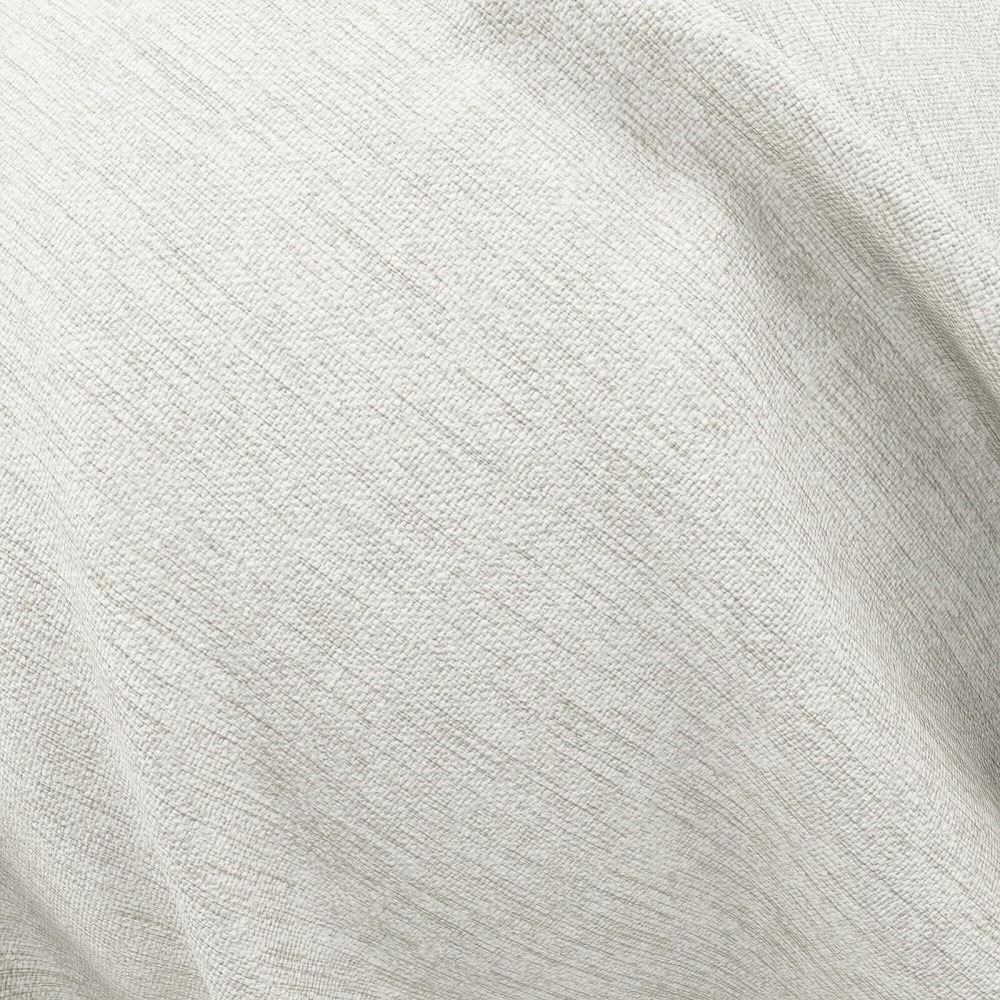
British BS 5867 part 2 type B and C ( Tiêu chuẩn Anh Quốc )
A flame is applied to a vertically oriented textile fabric to determine the fire behavior.
European EN 13773 ( Tiêu chuẩn Châu Âu )
A flame is applied to a vertically oriented test fabric to determine the burning behavior.
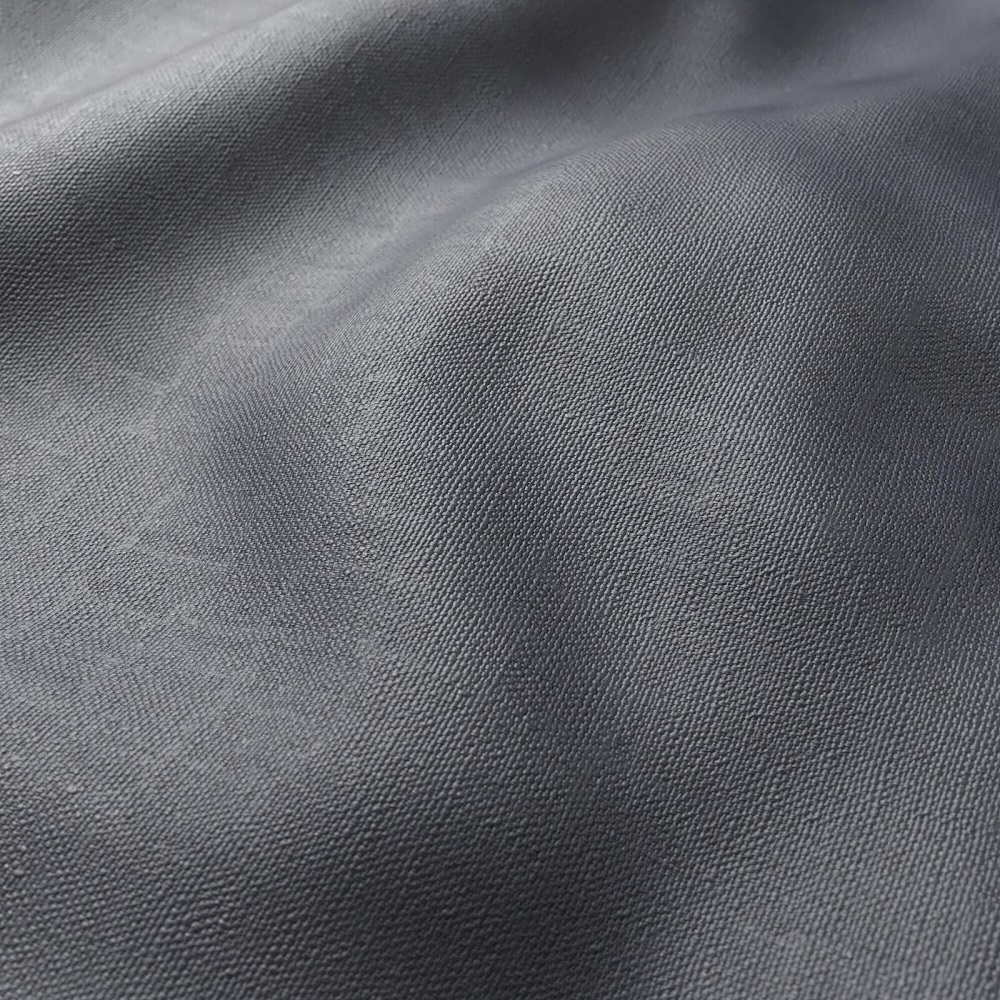
IMO FTPC P7 Textiles and films Fire Test Marine Equipment ( Tiêu chuẩn tổ chức hàng hải quốc tế )
A specimen of the fabric for maritime use to be tested is oriented vertically. A flame is applied to it to determine the burning behavior.
American NFPA 701 ( Tiêu chuẩn Hiệp hội phòng cháy quốc gia Hoa Kỳ )
A burner flame is applied to a vertically oriented textile fabric to determine the flame propagation.
American NFPA 260A/UFAC Class 1 ( Tiêu chuẩn Hiệp hội phòng cháy quốc gia Hoa Kỳ )
The test material is put on a chair simulation and is exposed to a burning cigarette.
European EN 1021 Part 1 and 2 ( Tiêu chuẩn Châu Âu )
The test fabric is exposed to different ignition sources, namely a burning cigarette and butane flame, to examine its burning behavior.
British BS 5852 source 0, 1,5 (Cigarette, Match) and (Crib 5) ( Tiêu chuẩn Anh Quốc )
Different ignition sources are applied to a constructed test rig to examine the burning behavior of a test material.
IMO FTPC P8 Upholstered Furniture Fire Test to Marine Equipment ( Tiêu chuẩn tổ chức hàng hải quốc tế )
An assembly of upholstery materials for maritime use is subjected to 2 ignition sources: a smoldering cigarette and a flaming source equivalent to a burning match.
American NFPA 255 / ASTM E 84 ( Tiêu chuẩn hiệp hội phòng cháy Hoa Kỳ )
The purpose of the test is to provide a comparative measurement of surface flame spread and smoke development of materials with that of a select grade red oak and reinforced cement board under a specific fire exposure conditions.
American Boston BFD IX 1 ( Tiêu chuẩn Boston – Hoa Kỳ )
A very severe vertical flame test which measures the ignition resistance of a 4″ x 12″ specimen when exposed to 6″ propane torch flame for 10 seconds. After flame, flame propagation distance and afterglow (propagating and non-propagating) are measured.
American CAL 117 Sec.E Part 1 (CS191 53) ( California Technical Bulletin 117 – Tiêu chuẩn California – Hoa Kỳ )
The test material is put on a chair simulation and is exposed to a burning cigarette.
American FMVSS 302 ( Federal Motor Vehicle Safety Standards (FMVSSs) – Tiêu chuẩn an toàn xe cơ giới Hoa Kỳ )
A flame is applied to a test specimen to determine the burning behavior of a fabric used for the interior of motor vehicles.
American NY Port Authority FAR Part 25.853 1992 ( Tiêu chuẩn cảng biển New York – Hoa Kỳ )
A vertical flame test which measures the ignition resistance of a 12″ x 12″ restrain specimen when subjected to 1.5″ flame for 12 seconds. Char legnth, after flame and drip burn are measured.
Australian New Zealand AS 1530 part 2 ( Tiêu chuẩn Úc )
This test is suitable for materials that don’t melt or shrink.
Australian New Zealand AS 1530 part 3 ( Tiêu chuẩn Úc )
Ignitability, flame propagation, heat release and smoke release are determined simultaneously by means of a vertical heat source.
Australian New Zealand AS 3744.2 ( Tiêu chuẩn Úc )
An assembly of upholstered materials is subjected to a match-flame equivalent to examine its burning behavior.
Australian New Zealand AS NZS 4088.1 ( Tiêu chuẩn Úc )
An assembly of upholstered materials is subjected to a burning cigarette to examine its burning behavior.
Austrian Önorm B 3825 ( Tiêu chuẩn Áo )
A flame is applied to a simulated chair to assess the burning behavior of the test fabric.
British BS 7176 ( Tiêu chuẩn Anh Quốc )
Specification for resistance to ignition of upholstered furniture for non-domestic seating by testing composites. This standard refers to the test standards British BS 5852 source 0, 1,5 (Cigarette, Match) and (Crib 5), BS European EN 1021 Part 1 and 2-1 or BS European EN 1021 Part 1 and 2-2, depending on the end-use environment involved.
Canadian CAN/ULC S109 ( Tiêu chuẩn Canada )
A flame is applied to a vertically oriented test fabric to determine the burning behaviour. The test provides a mean to determine the relative response to flame of fabrics under low intensities of fire exposure.
Chinese GB 20286 ( Tiêu chuẩn Trung Quốc )
The burning behavior of fire retarding products and subassemblies in public places is assessed.
European EN ISO 6940 6941 ( Tiêu chuẩn Châu Âu )
A flame is applied to a vertically oriented textile fabric to determine the mean ignition time and the flame spread properties.
Italian UNI 9175 (Classe Uno) ( Tiêu chuẩn Italia )
The combustion of upholstered furniture is evaluated in presence of or without flame and/or glow. This gives an indication of the reaction to fire of furniture exposed to a small ignition source.
Italian UNI 9177, 9174 and 8456 (Classe Uno) ( Tiêu chuẩn Italia )
The spread of flame is measured along the sides of a vertical or horizontal surface of a specimen exposed to a flame and a radiant panel. The after-glow, damaged zone and dripping are also observed.
Japanese JIS L1091 ( Tiêu chuẩn Nhật Bản )
A specimen is subjected to a flame under different conditions. Its burning behavior is observed.
Swiss SNV 198898 ( Tiêu chuẩn Thụy Sĩ )
The flammability and smoke density are determined, respectively according to SN 198’898 and VKF. The first determines the burning behavior of a vertically oriented fabric, the latter assesses the smoke development of a fabric that is completely burnt down in a test chamber.
Taiwanese CNS 10285 L3196 ( Tiêu chuẩn Đài Loan )
The flame retardancy properties of thin building materials, thin plywoods and textile products are tested.

